FAQs
Do you have any questions?General questions
I have a specific touring idea; can you carry it out?
Contact us and let us know your wishes so we can make them come true!
How do I come to Xanthi?
By rail – Xanthi rail station is at the end of Rail Station Road. There are daily trains to Thessaloniki, Athens and Alexandroupoli. Find out more here.
Τ: 25410 2258, 14 511
By plane – The airport which serves Xanthi Prefecture is called Megas Alexandros and is in Chrysoupoli-Kavala, to the South-west of Xanthi, at a distance of 35 km from Xanthi city.
Τ: 25910 23601
By Private Transport – The Long-Distance Bus Union (KTEL) of Xanthi has the possibility to serve a larger number of passengers comfortably. There are long-distance routes throughout Greece, as well as the surroundings and villages around the city. You can find more information about the schedule on the KTEL webpage .
Τ: 25410 22684
Taxi – you can choose a taxi to move fast and comfortably to any destination. There are several taxi stands at central points in Xanthi and you can also use the taxi fleet of Xanthi Euro Taxi.
Τ: 25410 72801
By Car – if you prefer you own car, Xanthi is 727km away from Athens, 219km away from Thessaloniki, 122km away from Alexandroupolis and 57km away from Komotini.
Breakdown assistance:
ELPA, Τ: 104
EXPRESS SERVICE, Τ: 154
HELLAS SERVICE, Τ: 157
Questions about trekking
Degrees of difficulty
We are glad to greet visitors from all over the world and at any skill level. This means a different set of itineraries, conditions and degree and this is why we need some help in understanding your level.
In the following trekking rating, parts are classified in four degrees of difficulty (easy, medium, difficult and advanced). It shows what our routes look like and helps you better estimate your trekking level. When you evaluate yourself, we encourage you to show realism and not overestimate yourself. Always move within your capabilities, as mountain trekking can be a potentially dangerous activity with significant dangers. We advise you to take into account the fact that as good as a classification system is, the surfaces of the itineraries differ throughout the year – and especially during or after heavy rain. Choose your level prudently, but if you need help in your assessment, we are here to guide you.
Choose a degree that suits your abilities, fitness condition and expectations.
Degree of difficulty 1 – Easy
The easy trekking is designed for everyone to enjoy. It includes routes with a duration of 1-2 hours including upwards or downwards trekking.
Degree of difficulty 2 – Medium
The medium difficulty trekking is designed for trekkers who want a more demanding trekking. They must be in good physical condition and be able to trek for 3-5 hours per day.
Degree of difficulty 3 – Difficult
The difficult trekking trips demand previous experience in a mountain field. They may include some steep upslopes and last for 5 hours or more.
Degree of difficulty 4 – Advanced
Demanding treks are designed for those seeking a challenge. Trekkers must be able to handle steep prolonged trails, often throughout the day. They must have a high level of physical condition.
What kind of equipment-clothing do I need for multi-day trips?
- A backpack with 40-50lt capacity
- Trekking boots or shoes
- Sleeping bag optionally*
- Short or long trousers for trekking
- Fleece or technical jacket
- Weatherproof jacket
- Thermal 2-3
- Underwear and socks 2-3
- Sunglasses, sunscreen, hat, cap
- Personal hygiene items
- Head torch
- Trekking sticks
- Water canteen at least 1,5lt
- Dry food or carbohydrate bars
*If there are no blankets available in the accommodation
What kind of equipment-clothing do I need for multi-day trips?
- A backpack with 40-50lt capacity
- Trekking boots or shoes
- Sleeping bag optionally*
- Short or long trousers for trekking
- Fleece or technical jacket
- Weatherproof jacket
- Thermal 2-3
- Underwear and socks 2-3
- Sunglasses, sunscreen, hat, cap
- Personal hygiene items
- Head torch
- Trekking sticks
- Water canteen at least 1,5lt
- Dry food or carbohydrate bars
*If there are no blankets available in the accommodation
Questions about MTB
Can I rent a bike?
- Yes, we have mountain and city bikes.
What type of biker do I have to be / degree of difficulty in routes
Suitable for all levels, Xplore Trails actively encourages everybody to experience mountain tours by bike. From beginner to advanced, everybody can participate in our magical adventure!
We are glad to greet visitors from all over the world and at any biking skill level. Therefore, the trips we organize vary both in level of routes, conditions and degrees of difficulty. It is therefore basic that we understand your abilities and the type of biking that suits you.
In the following MTB trail rating guide, trails are classified in four degrees of difficulty (easy, medium, difficult and demanding). It describes the type of trails and helps you better estimate your biking level. When you evaluate yourself, we encourage you to show realism and not overestimate yourself. Always prefer routes within your capabilities, as mountain biking can be a potentially dangerous activity with significant dangers. We advise you to take into account the fact that as good as a classification system is, the surfaces of the itineraries differ throughout the year – and especially during or after heavy rain. Choose your trail prudently, but if you need help in your assessment, we are always here to guide you.
Degrees of difficulty for MTB routes
 Degree of difficulty 1 – Easy
Degree of difficulty 1 – Easy
Smooth routes, mostly even ones, on dirt roads or even paved roads.
 Degree of difficulty 2 – Medium
Degree of difficulty 2 – Medium
Mainly even trail or dirt road with some upslope and downslope parts. There are some obstacles like rocks and potholes which can be easily avoided.
 Degree of difficulty 3 – Difficult
Degree of difficulty 3 – Difficult
A combination of steep extended slopes and difficult obstacles, narrow route and perhaps slippery. Most bikers will prefer to walk in some parts.
 Degree of difficulty 4 – Demanding
Degree of difficulty 4 – Demanding
Downhill/freeride, a technically difficult and steep descent, narrow route with high degree of danger and spiky points. May include technical structures and jumps.
What is my level of fitness?
Level 1
You can bike occasionally for 30 minutes, but not over 1 hour on level ground. You exercise for less than 1 hour per week.
Level 2
If you bike or train 1-2 times per week, you exercise on average for 45 minutes to 1 hour per week (including MTB), you can stand a biking route for 1 hour on level ground at a relaxed pace, but daily biking is not possible. Small up- and down-slopes which are difficult to access, but are usually manageable.
Level 3
You train 2-3 times per week; you exercise on average 1 to 3 hours per week (including MTB) and are able to pedal for 2 hours in one day with intervals and at a relaxed pace. Daily biking for many days consecutively seems exhausting to you, but you could cope with a rhythm of 2 or 3 days and not more than 2 hours of biking per day.
Level 4
You train 3 to 5 times per week, you exercise on average for 2-4 hours per week (including MTB) and you can bike for many consecutive days at a medium pace for 2 hours on average per day. You could cope with 3 continuous hours of biking for one day. You have the ability to climb up to 600m (positive altitude difference) every day.
Level 5
You train 4 to 6 times per week, you exercise on average for 4-6 hours per week (including MTB) and you can bike for many consecutive days at a medium pace for 3-4 hours on average per day. You could cope with 3 continuous hours of biking for one day. You feel able to climb up to 1.000m (positive altitude difference) per day.
Level 6
You train almost every day, you exercise on average for up to 8 hours per week (including MTB) and you can bike for many consecutive days at a medium pace for 4 hours on average per day. If you have to, you could cope with 5 continuous hours of biking in one day. You can cope with steep, prolonged ascents up to 1.500m (positive altitude difference) per day.
What kind of bike do I have to bring with me?
With a simple mountain bike (only front suspension) to one with double suspension and disc brakes (trail/all-mountain, 120-160 mm). there are various trails with proportional difficulties and we can adapt in a way that makes our tour pleasant. All participants are obliged to keep their bikes in excellent condition before a trip can begin. Before departure we will send you a detailed list of the required equipment and clothing.
What else do I have to have with me?
Your helmet and definitely water. During summer months at least 2l, while in winter months 1l. A snack is always a good idea and you can easily have it with you. Although our leader usually has some more food, it is good to let us know if you have preferences. A weatherproof jacket is necessary for almost all year. And finally, we do not forget 1-2 tire tubes for our bike.

 Degree of difficulty 1 – Easy
Degree of difficulty 1 – Easy Degree of difficulty 2 – Medium
Degree of difficulty 2 – Medium Degree of difficulty 3 – Difficult
Degree of difficulty 3 – Difficult Degree of difficulty 4 – Demanding
Degree of difficulty 4 – Demanding